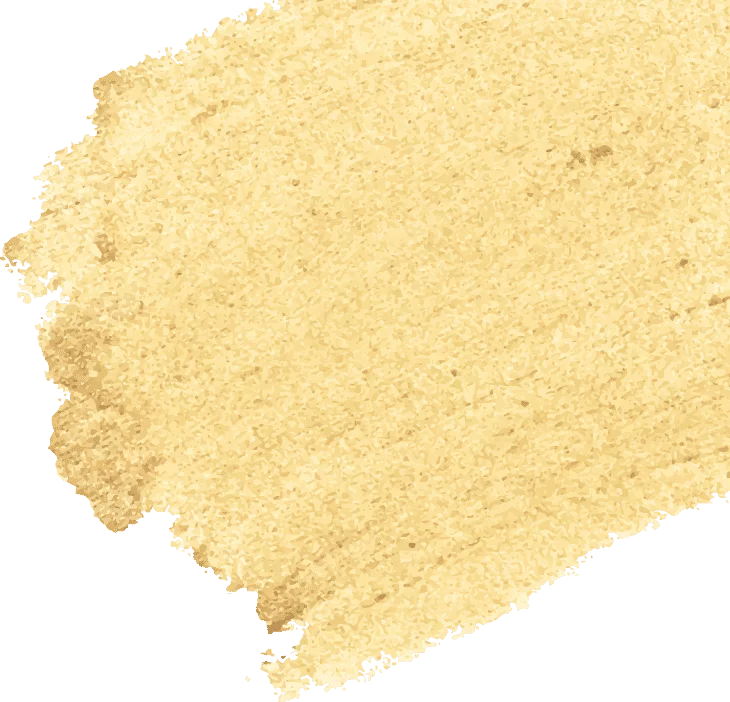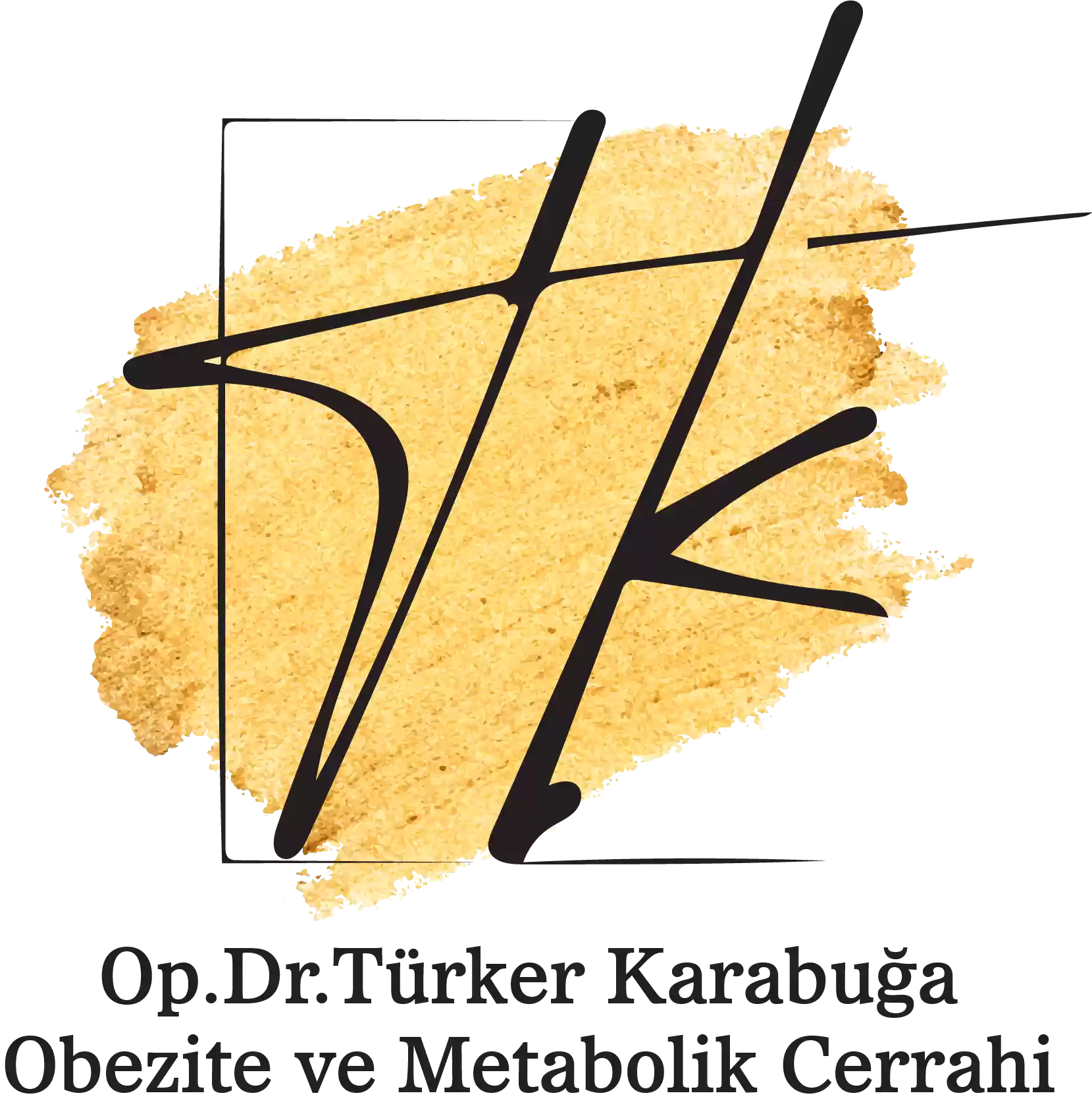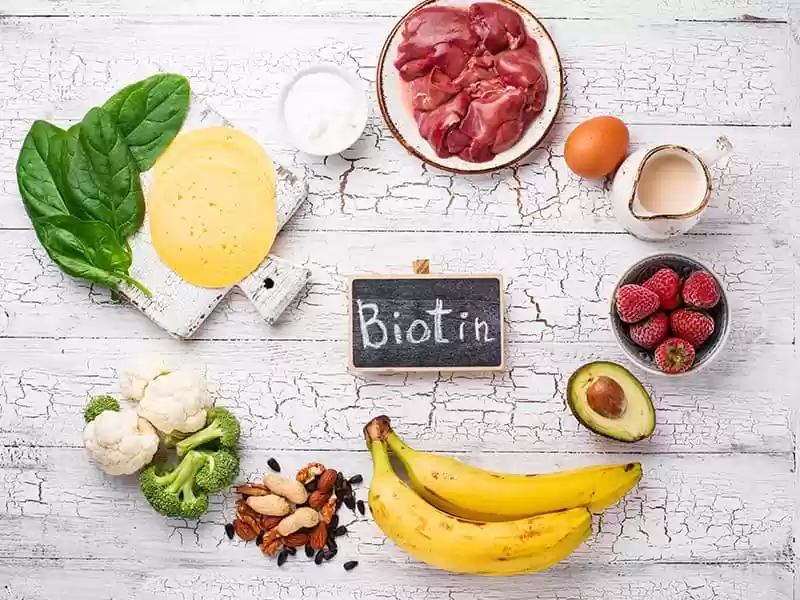Lactose intolerance results from the body’s inability to digest milk sugar or lactose. In order to break down lactose into simple sugars or monosaccharides, the body must produce an enzyme called “lactase”, which is produced in the small intestine.
Lactase breaks down lactose into simpler sugar forms such as glucose so they can be absorbed and used by the body. Without lactase, the lactose in dairy products cannot be digested.
This causes the symptoms of gas, cramping, and diarrhea that many people experience after eating or drinking dairy products.
Human body; In infancy, it has the highest lactase level to digest the lactose in breast milk. After babies are weaned, lactase levels begin to drop and 70% of the world’s population is genetically lactose intolerant.
What Are The Symptoms?
Symptoms of lactose intolerance can include gas, diarrhea, bloating, cramps, nausea, and bad breath. These symptoms may begin 30 minutes to 2 hours after lactose ingestion and can last up to 3 days.
The severity of symptoms varies from person to person and depends on the amount of lactose that can be tolerated.
Undigested lactose draws most of your body’s water into the intestines, causing diarrhea. Bacteria in the gut also feed on lactose and produce hydrogen, which causes gas and bloating.
Treatments
Lactose intolerance is mostly controlled by dietary adjustments. For young children, all foods containing lactose should be avoided.
The amount of lactose that can be tolerated for adults and older children will vary. Some people may eat butter and aged cheeses with low lactose levels, while others may find that a glass of milk won’t bother them, but two may.
People with lactose intolerance can only learn the type and amount of dairy products tolerated through trial and error.
Tips to reduce milk consumption:
- Eat foods containing lactose with other foods
- Read food labels carefully
- Eat smaller portions of lactose-containing foods
- Try a milk substitute (soy or rice milk)
- Try yogurts with “live cultures”; they are better tolerated
Other foods that may contain lactose include:
- Bread and other bakery products
- Breakfast drinks
- Candies and snacks
- Chewing gum
- Cookie and sandwich cookie fillings
- Cream liqueurs and liqueurs
- Creamy vegetables
- Sauces
- French fries (lactose is a browning agent)
- Instant coffee (with sugar, cream, flavored)
- Margarine
- Crepe, biscuit and cookie mixes
- Powdered coffee creams
- Processed breakfast cereals
- Pudding and mixes
- Salad dressings
- Soups
non-dairy calcium-rich foods
| Vegetables | Calcium Content | Lactose Content |
| Broccoli (pieces cooked),1 cup | 94-177 mg | 0 |
| Chinese cabbage ( bok choy, Cooked), 1cup | 158 mg | 0 |
| Collard greens (cooked), 1 cup | 148-357 mg | 0 |
| Kale (cooked), 1 cup | 94-179 mg | 0 |
| Turnip greens (cooked), 1 cup | 194-249 mg | 0 |
| Fish/Seafood | Calcium Content | Lactose Content |
| Oysters (raw), 1 cup | 226 mg | 0 |
| Salmon with bones (canned), 3 oz | 167 mg | 0 |
| Sardines, 3 oz | 371 mg | 0 |
| Shrimp (canned), 3 oz | 98 mg | 0 |
| Other | Calcium Content | Lactose Content |
| Molasses, 2 tbsp | 274 mg | 0 |
| Tofu (processed with Calcium salts, 3 oz | 225 mg | 0 |








